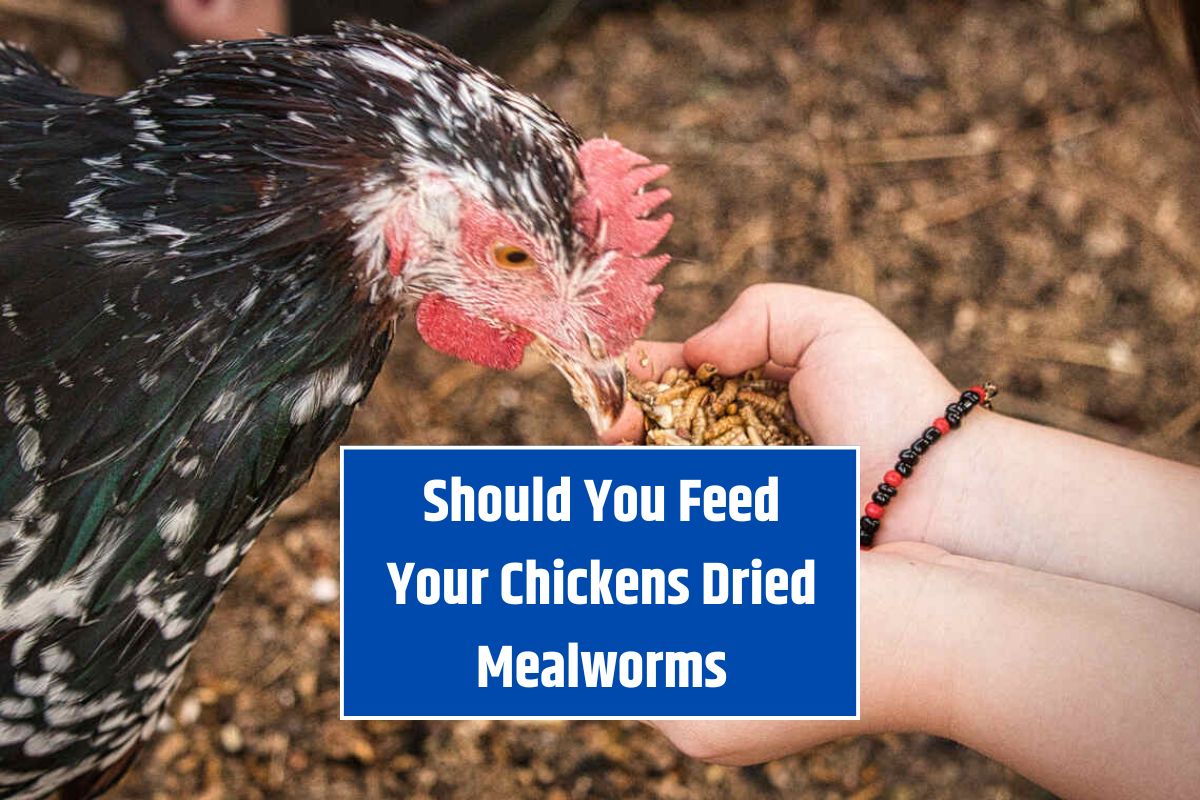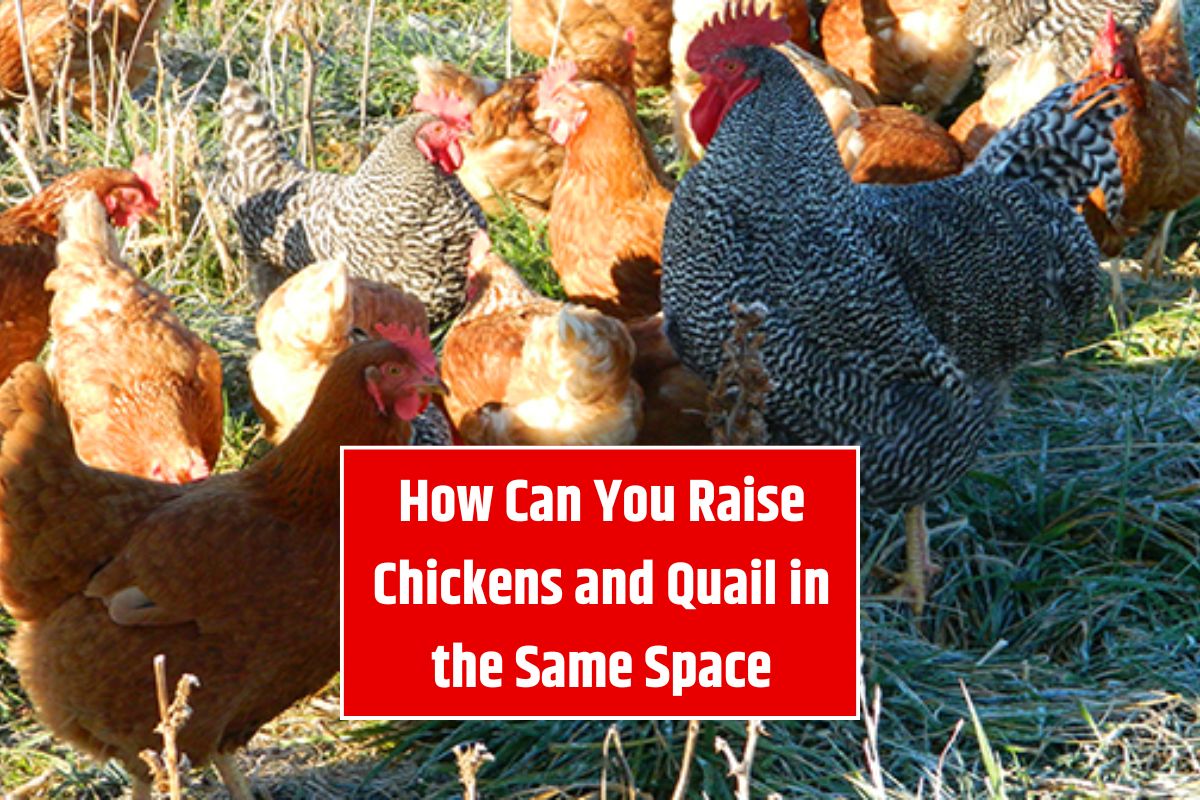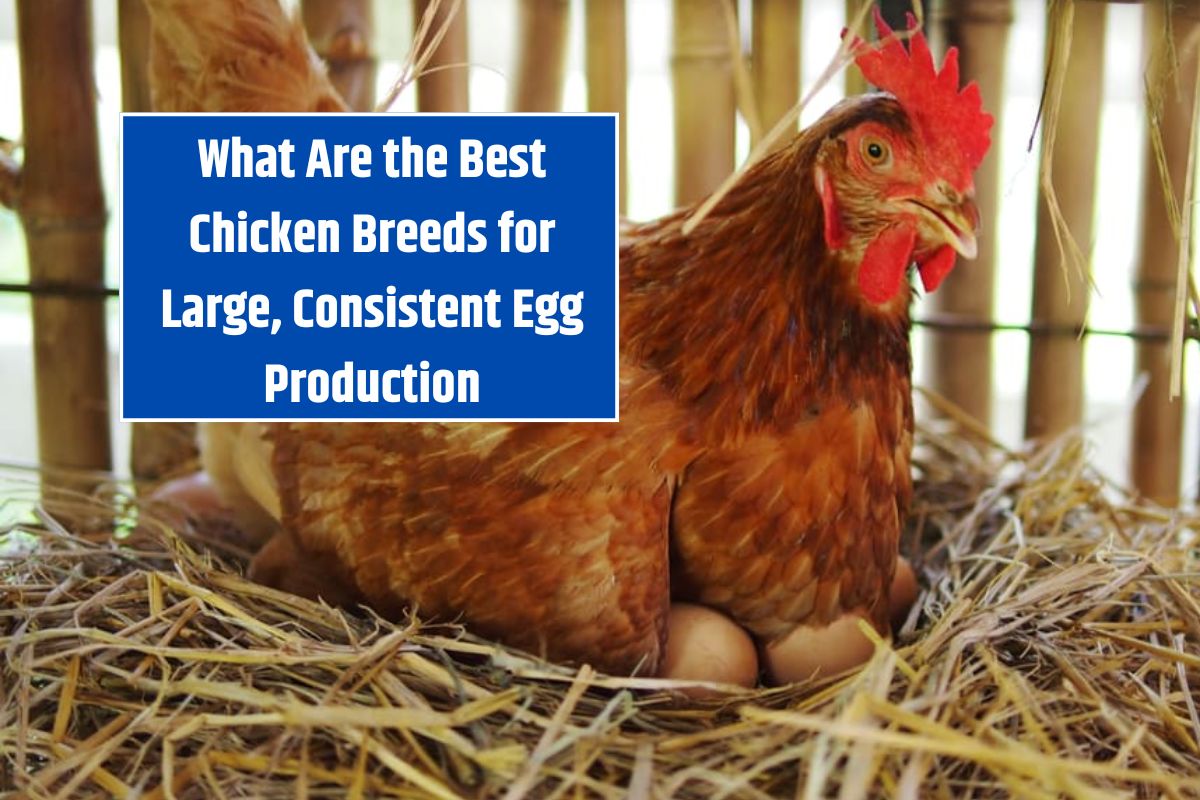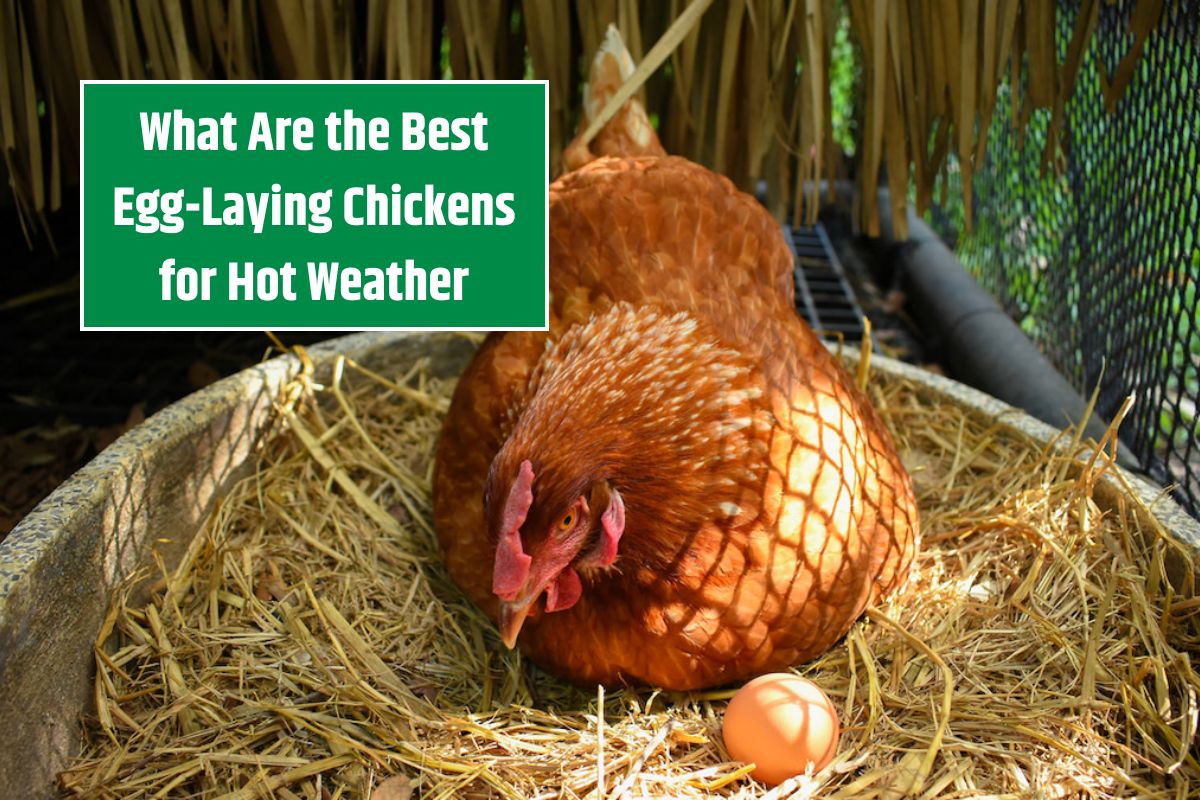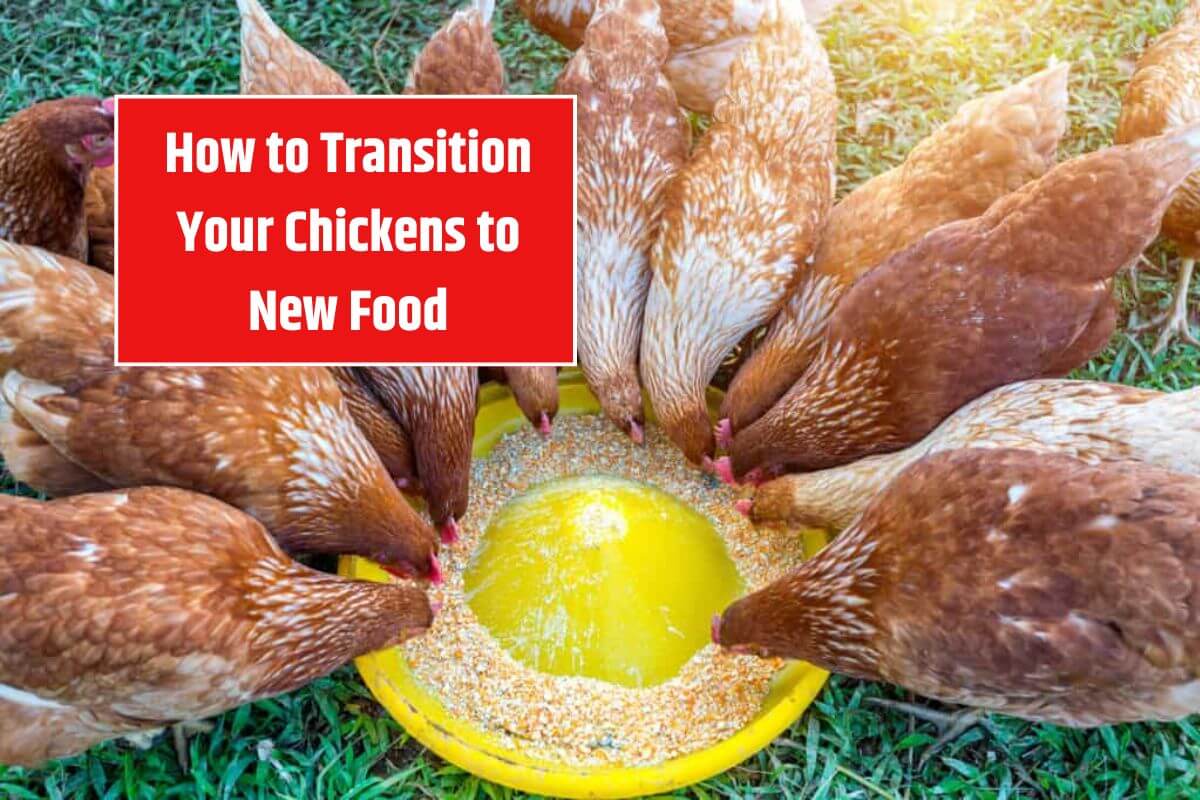Adding a rooster to your flock can be an exciting and beneficial decision. Roosters are not just known for their crowing—they serve important roles such as protecting the flock, maintaining order, and assisting in breeding. This guide will walk you through some of the best rooster breeds, their unique traits, and which ones to avoid for backyard flocks.
What Is a Rooster?
A rooster is simply a male chicken, also referred to as a “cock.” Unlike hens, roosters don’t lay eggs, but they are vital for fertilizing eggs and enhancing the overall dynamics of a flock. Each chicken breed has both hens and roosters, and the only difference between them is gender.
Popular Rooster Breeds for Your Flock
1. Wheaten Ameraucana
Wheaten Ameraucana roosters are known for their docile temperament, especially when handled frequently from a young age. They are excellent flock protectors and can thrive in colder climates due to their short pea combs and lack of wattles. They weigh about 6.5 lbs. and come in a variety of colors, including black, blue, and white.
2. Spangled Orloff
Calm and laid-back, Spangled Orloff roosters are another cold-hardy breed. With small combs and no wattles, they are less prone to frostbite in colder climates. Mature Orloff roosters weigh around 8 lbs. and are available in varieties such as black-tailed red and spangled.
3. Welsummer
Welsummer roosters are friendly and alert, making them great protectors and foragers. They are known for their striking golden brown and black feather patterns. Weighing about 7 lbs., these roosters have a calm temperament when handled regularly.
4. White Orpington
If you prefer large, friendly roosters, White Orpingtons are an excellent choice. Weighing up to 10 lbs., they are known for their laid-back nature and cold-hardiness. They are a great addition to small backyard flocks and are available in black, blue, buff, and white varieties.
5. White Leghorn
White Leghorn roosters are highly active and alert. Despite being assertive with hens, they are generally friendly toward humans. Weighing around 6 lbs., they are fantastic foragers and come in various varieties, including buff and black-tailed red.
6. White Plymouth Rock
This dual-purpose breed features roosters that are docile, friendly, and good protectors. They are cold-hardy and weigh approximately 9.5 lbs. Plymouth Rock roosters are available in barred, black, buff, and white varieties.
7. Cochin
Cochin roosters are famous for their abundant fluffy feathers and friendly temperament. Weighing up to 11 lbs., they adapt well to both free-range and confined conditions. They come in a wide range of colors, including golden laced, lemon blue, and partridge.
8. Brahma
One of the largest rooster breeds, Brahmas can weigh up to 12 lbs. These gentle giants are calm and friendly, making them ideal for backyard flocks. They adapt well to confinement as long as they have enough space. Brahmas come in black, buff, dark, light, and white varieties.
9. Jersey Giant
The Jersey Giant is the largest rooster breed, weighing up to 13 lbs. Despite their size, they have calm and docile personalities. Jersey Giants require spacious coops and low roosts due to their massive size. They are available in black and white varieties.
10. Old English Game Bantam
These small yet feisty roosters are entertaining and active. Weighing around 24 oz., they prefer free-range conditions and are excellent at foraging. Despite their cockfighting heritage, they can adapt to backyard life when kept as single roosters.
11. Bantam Cochin
A miniature version of the large Cochin, Bantam Cochins are friendly, laid-back, and cold-hardy. These small roosters weigh about 32 oz. and are available in a variety of colors, such as silver laced and buff Columbian.
12. Silkie
Silkies are true bantams and weigh around 36 oz. Known for their soft, fluffy feathers and calm temperament, they are perfect for small backyard flocks. However, they are less cold-hardy due to their unique feathering.
Avoid Fighting Rooster Breeds
Some breeds are bred for cockfighting and are not ideal for backyard flocks due to their aggressive nature. These include:
- Malay Gamefowl: The tallest fighting breed.
- Asil: Extremely aggressive and territorial.
- Modern Game: Known for their sleek, athletic build.
- Sumatra: Active and assertive.
- Bruges Fighter: Strong fighting instincts.
Fighting roosters are often lithely muscled, active, and highly territorial. They typically have small combs and wattles to reduce injuries during fights. While some breeds, such as Old English Game, have been tamed over time, their aggressive tendencies may still surface.
Key Considerations When Choosing a Rooster
- Space Requirements
Large roosters like Jersey Giants and Brahmas need spacious coops and low roosts to accommodate their size. - Temperament
For family-friendly flocks, choose docile breeds like Orpingtons, Silkies, or Welsummers. - Climate
Cold-hardy breeds, such as Cochins and Brahmas, are ideal for colder regions, while Silkies and Leghorns are better for warmer climates. - Flock Size
Ensure there are enough hens (at least 10 per rooster) to avoid overbreeding and stress.
Conclusion
Roosters bring more to the table than their crowing—whether it’s breeding, protecting, or maintaining peace in the flock. From the massive Jersey Giant to the feisty Old English Game Bantam, there’s a rooster breed for every backyard flock. By choosing
FAQ
1. Why do I need a rooster for my flock?
Roosters protect hens, assist with breeding, and help maintain harmony by breaking up fights and managing the pecking order.
2. What is the best rooster for a small backyard flock?
Docile breeds like Silkie, Bantam Cochin, and Orpington are ideal for small spaces and beginner-friendly.
3. Are roosters aggressive?
While some breeds are naturally aggressive, handling them from a young age can reduce aggression. Docile breeds like Welsummer and Ameraucana are usually calm.
4. How many hens should I have per rooster?
A good ratio is 1 rooster for every 10 hens to prevent overbreeding and stress in the flock.
5. Can I keep multiple roosters in one flock?
Yes, but you’ll need enough hens for each rooster and plenty of space to prevent conflicts. Roosters with calm temperaments are best for multi-rooster flocks.






